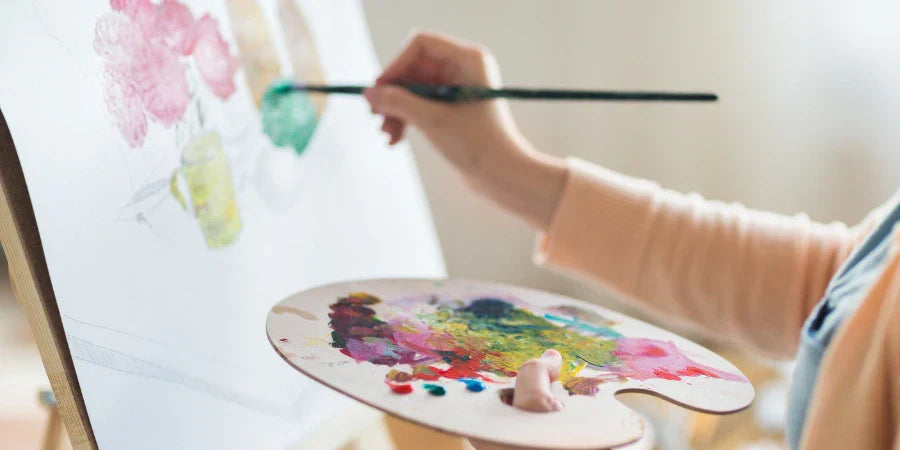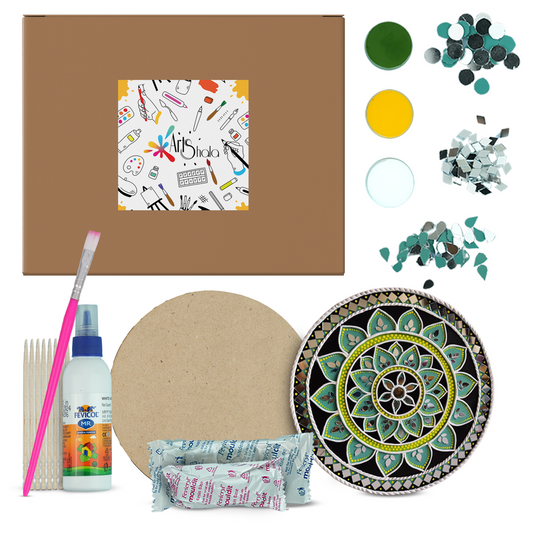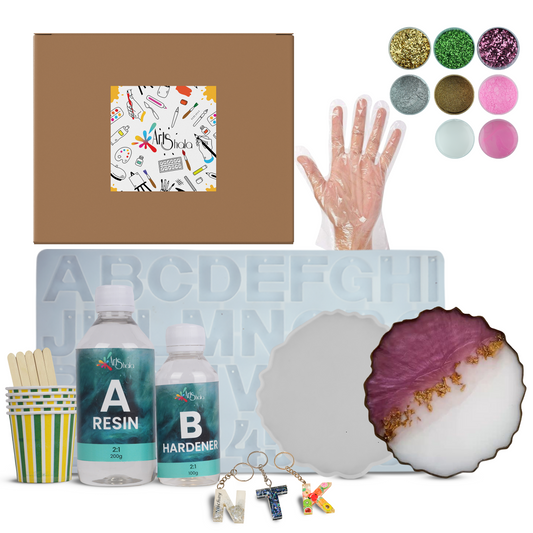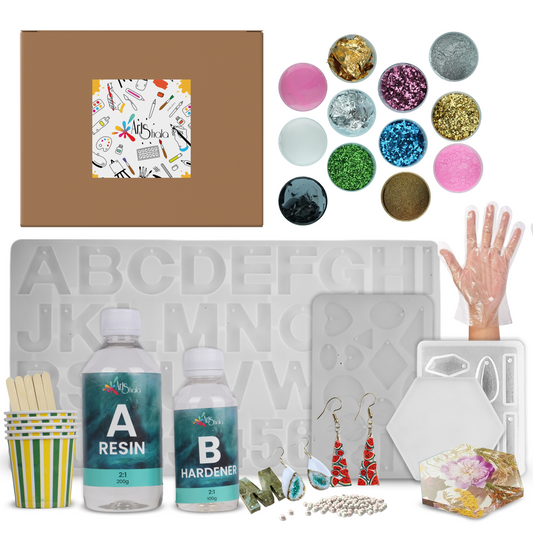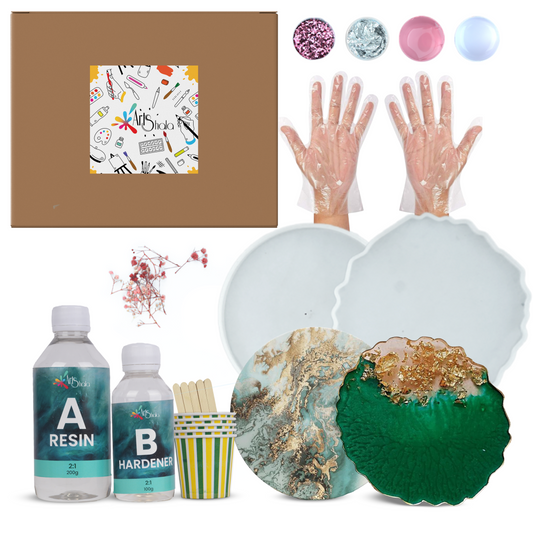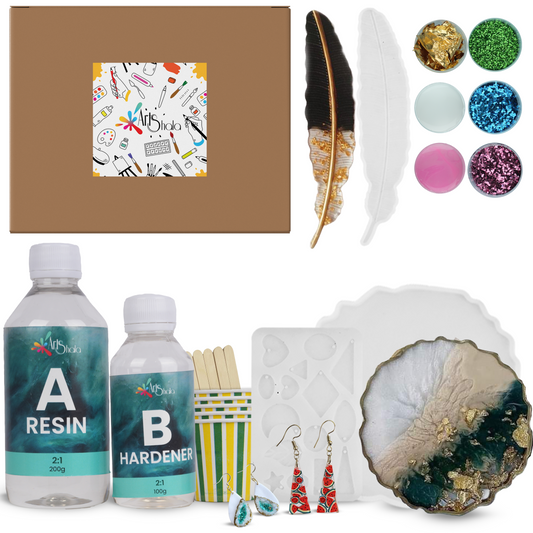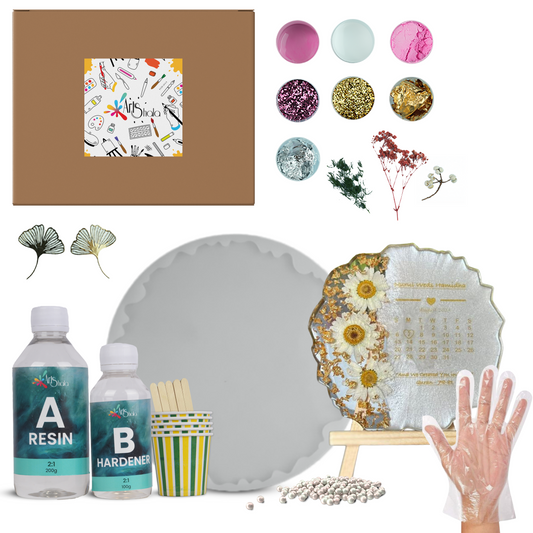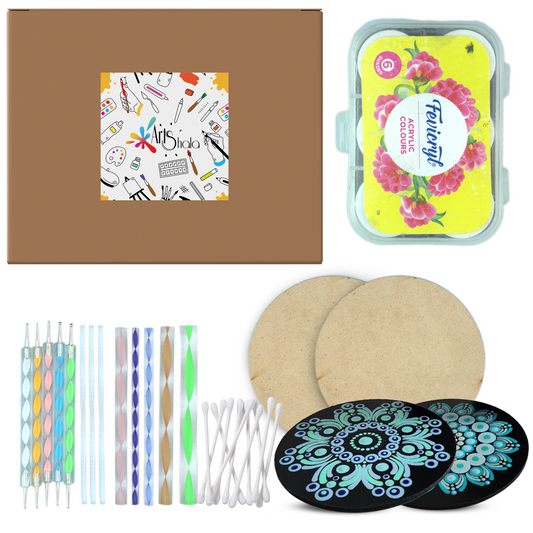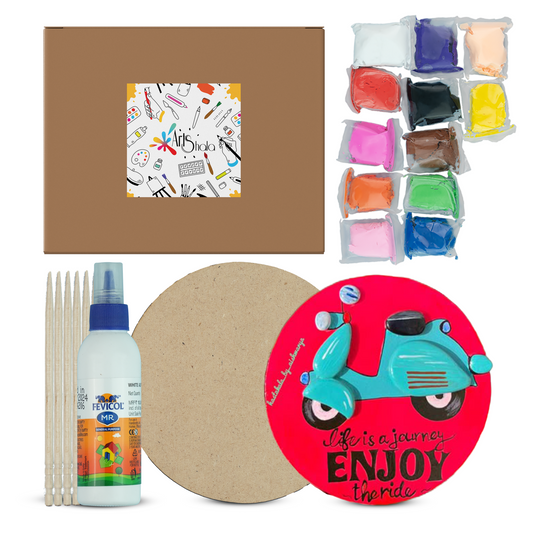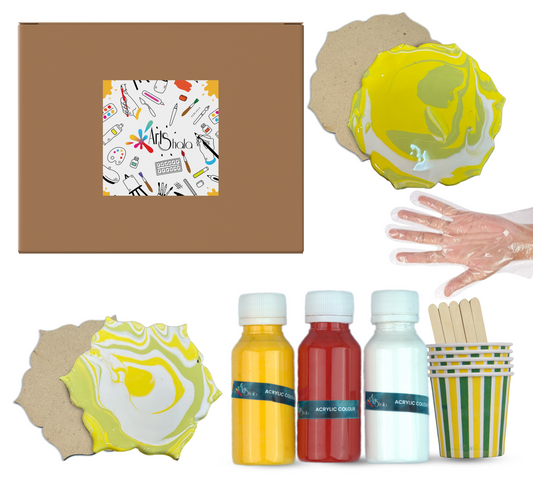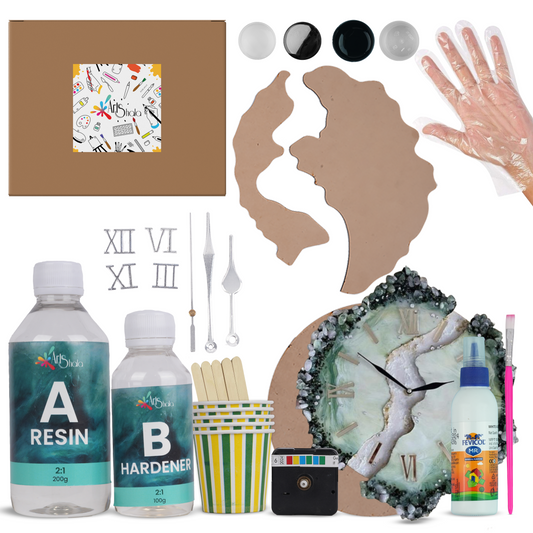How to Do Step-by-Step Acrylic Painting on Canvas?
Acrylic painting on canvas offers a beautiful way to express your creativity. Acrylic paints are known for their flexibility and ease of use, making them suitable for artists at any level. Whether you're a beginner or have some experience, there's always something new to explore with this dynamic medium. To gain hands-on experience, consider joining an acrylic painting workshop. Such activities can enhance your skills and boost your confidence as an artist. This blog contains a step-by-step guide to help you learn how to paint on canvas with acrylics. By following this blog, you will acquire the knowledge and skills to create beautiful acrylic paintings on canvas. So, explore your creativity and start your artistic journey today!
Understanding Acrylic Painting Supplies
Creating beautiful acrylic paintings starts with the right supplies. Here’s a comprehensive list of essential acrylic painting supplies you’ll need:
-
Acrylic Paints: Available in various colours, these fast-drying paints are water-based and perfect for beginners.
-
Canvas: Choose pre-stretched canvases or canvas boards explicitly designed for acrylics.
-
Gesso: This primer prepares your canvas, ensuring better paint adhesion and a smooth surface.
-
Paintbrushes: Different types of brushes will create various effects.
-
Flat Brushes: Ideal for broad strokes and filling large areas.
-
Round Brushes: Great for details and fine lines.
-
Filbert Brushes: Perfect for blending and soft edges.
Palettes are crucial in acrylic painting. A good palette allows you to mix colours effectively. To avoid absorption, look for palettes made from non-porous materials like plastic or glass.
Using high-quality materials enhances your painting experience. Quality paints offer better pigmentation, while durable brushes provide consistent results. Investing in good supplies can significantly impact the outcome of your artwork.
Preparing Your Canvas for Painting
Getting your canvas ready is crucial for a successful acrylic painting. Proper preparation ensures that the paint sets well and enhances the overall finish of your artwork. Follow these steps to prepare your canvas effectively:
Choose the Right Canvas Type
-
Select between stretched canvases, canvas boards, or panels based on your preference and desired texture.
-
Stretched canvases are ideal for more significant works, while canvas boards are great for smaller projects.
Applying Gesso
-
Gesso is a primer that creates a silky surface and helps the paint stick better.
-
If your canvas isn’t pre-primed, apply a thin layer of gesso using a large brush or a palette knife.
-
Allow it to dry totally before applying a second coat. This ensures an even base.
Sanding
-
For an ultra-smooth finish, lightly sand the dried gesso with a fine-grit sandpaper.
-
Wipe down any dust with a clean cloth to prevent it from mixing with your paint.
Ready to Paint
-
Once dry, your canvas is primed and ready for colour application.
-
This preparation step not only improves adhesion but also enhances the vibrancy of your acrylic paints.
With your canvas prepared, you can sketch out your design and then select the colours.
Sketching Your Design and Choosing Colours
Sketching your design is a very essential step in the acrylic painting process. Use the following techniques to create a clear foundation for your artwork:
-
Lightly sketch your design: Utilise a pencil or charcoal to outline your main shapes and elements on the canvas. Keep lines light to avoid them showing through the paint later.
-
Plan your composition: Think about how each element interacts within the space. Consider balance, focus points, and flow to guide the viewer’s eye.
-
Choosing colours effectively sets the mood and impact of your painting. Follow these tips to create a harmonious colour palette:
-
Select a colour scheme: Decide on a primary colour or theme. Cool colours like blues and greens bring out calmness, while warmer colours like reds and oranges can energise.
-
Understand colour mixing: Acrylics mix easily, allowing you to create shades and tones. Experiment by blending colours on your palette before applying them to the canvas.
-
Use a limited palette: Stick to a few colours for cohesiveness. This approach simplifies mixing and helps maintain harmony throughout your artwork.
These techniques pave the way for a successful painting experience, enhancing creativity and skill as you progress.
Step-by-Step Painting Process: Background, Foreground, and Details
Starting with your acrylic painting involves a systematic approach to layering. This not only creates depth but also enhances the overall visual appeal of your artwork.
Start Painting the Background
-
Choose a larger brush for this stage to cover more area quickly.
-
Use basic brush strokes like long, sweeping motions or circular patterns.
-
Apply lighter colours first. This will set the tone and help darker colours stand out later.
Layering Technique
-
Allow the background to dry completely before adding additional layers.
-
Work from the back to the front in your composition. This means establishing your background first, followed by mid-ground elements, and finally, the foreground.
-
When adding mid-ground elements, switch to a medium-sized brush. This allows for more control while maintaining a good flow of paint.
Adding Depth and Dimension
-
Use slightly darker shades of your background colours to create shadows and depth.
-
Blend colours at the edges where different elements meet. This softens transitions and adds realism.
Advanced Painting Techniques
-
For intricate details, switch to smaller brushes or even fine-tipped ones for precision.
-
Add highlights using lighter shades or white paint on raised surfaces or areas where light naturally hits.
-
Incorporate techniques like glazing applying thin transparent layers over dried paint to achieve luminosity.
Final Touches
-
Step back frequently to assess balance and composition.
-
Fine-tune any areas that require more detail or adjustment in colour saturation.
You will create an engaging piece that captures attention by effectively layering colours and utilising various brush techniques. Each layer builds upon the last, providing richness and complexity to your acrylic painting on canvas.
Drying, Finishing Up Your Painting, and Clean-Up Tips
Allowing your painting to dry correctly is crucial for achieving the best results. Acrylic paint dries quickly, but you need to be mindful of layering:
-
Drying Time: Wait until each layer is fully dry before applying the next one. This prevents colours from muddying together and ensures clean lines.
-
Test for Dryness: Lightly touch the surface with your fingertip. If it feels tacky, give it more time. Once you finish painting, proper clean-up is essential:
-
Cleaning Brushes: Rinse brushes in the water right after use to avoid the paint from drying in the bristles. Use soap for deeper cleaning.
-
Maintain Supplies: Store acrylic paints away from direct sunlight and seal caps tightly. This preserves their quality for future projects.
These steps will keep your materials in excellent condition and enhance your painting experience.
Conclusion
Perfecting the art of acrylic painting on canvas requires practice, patience, and attention to detail. You can create vibrant and captivating artwork by understanding the properties of acrylic paint, employing effective layering techniques, and giving ample time for drying. Proper clean-up and maintenance of your supplies further ensure a seamless painting process. So, grab your brushes, let your creativity flow, and enjoy the journey of acrylic painting on canvas. If you want to learn more about the art of acrylic painting, Contact Us on Arts Shala today, where you can learn how to use acrylic paint on canvas, discover new painting techniques for beginners, and connect with fellow art enthusiasts.


